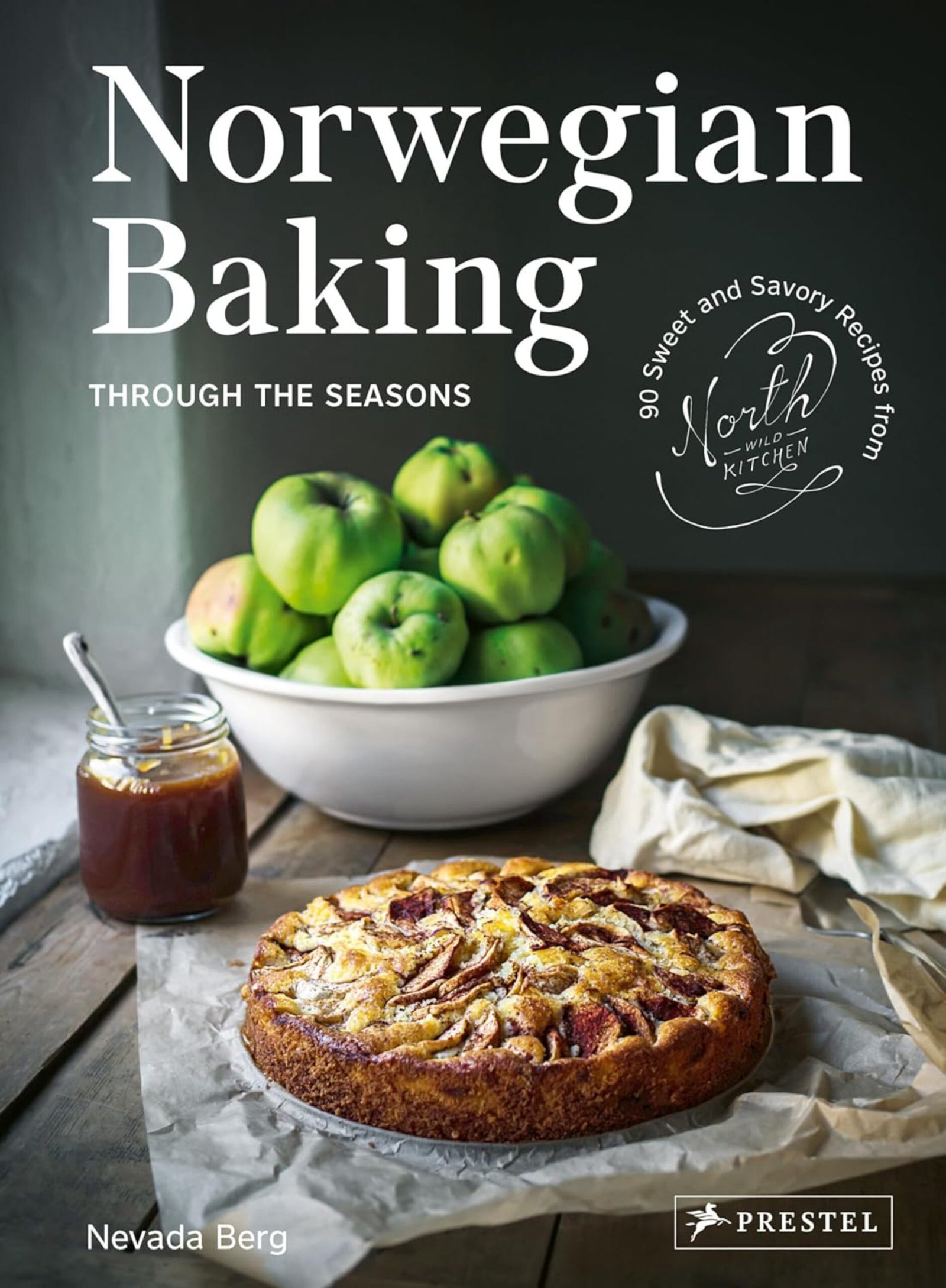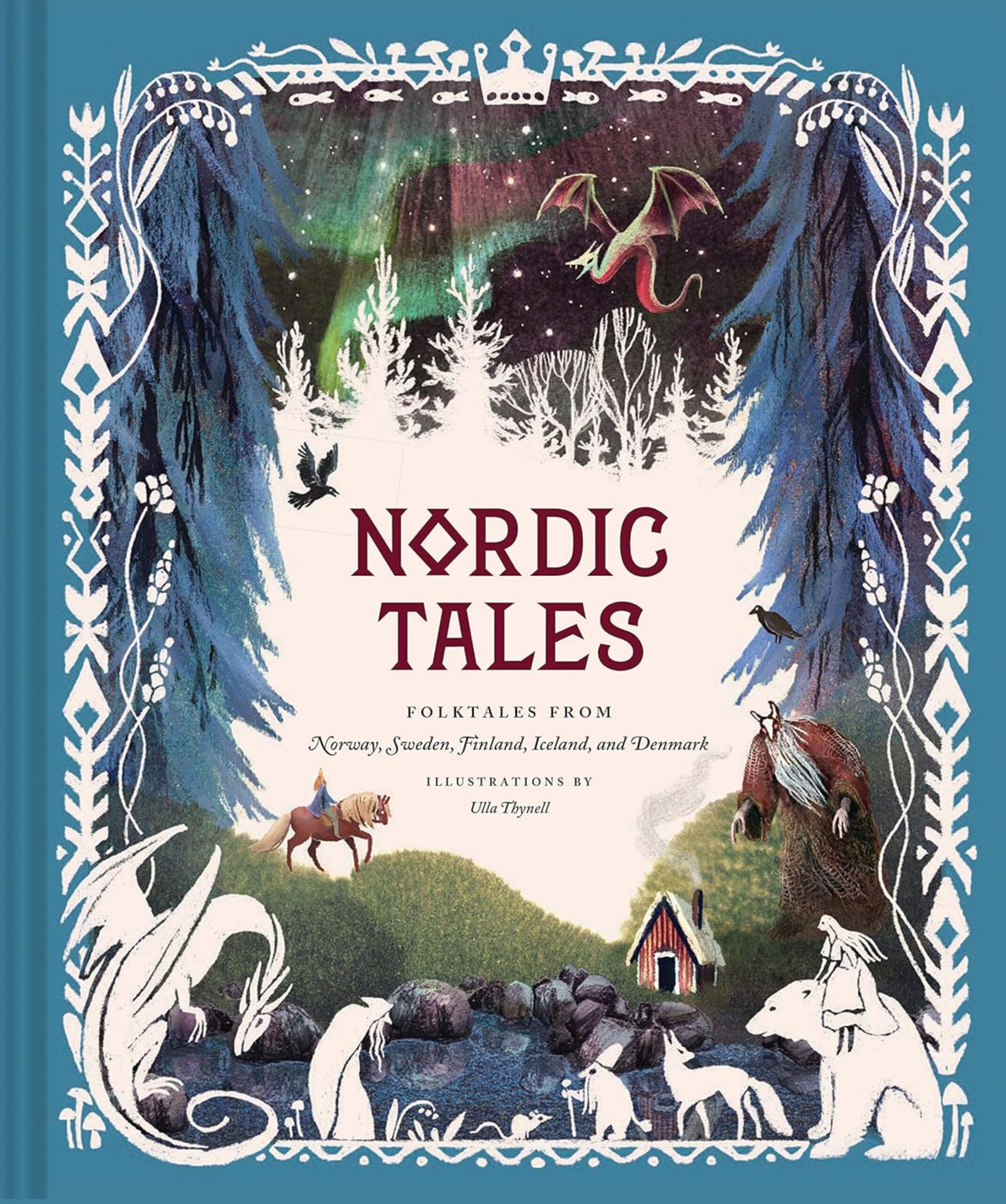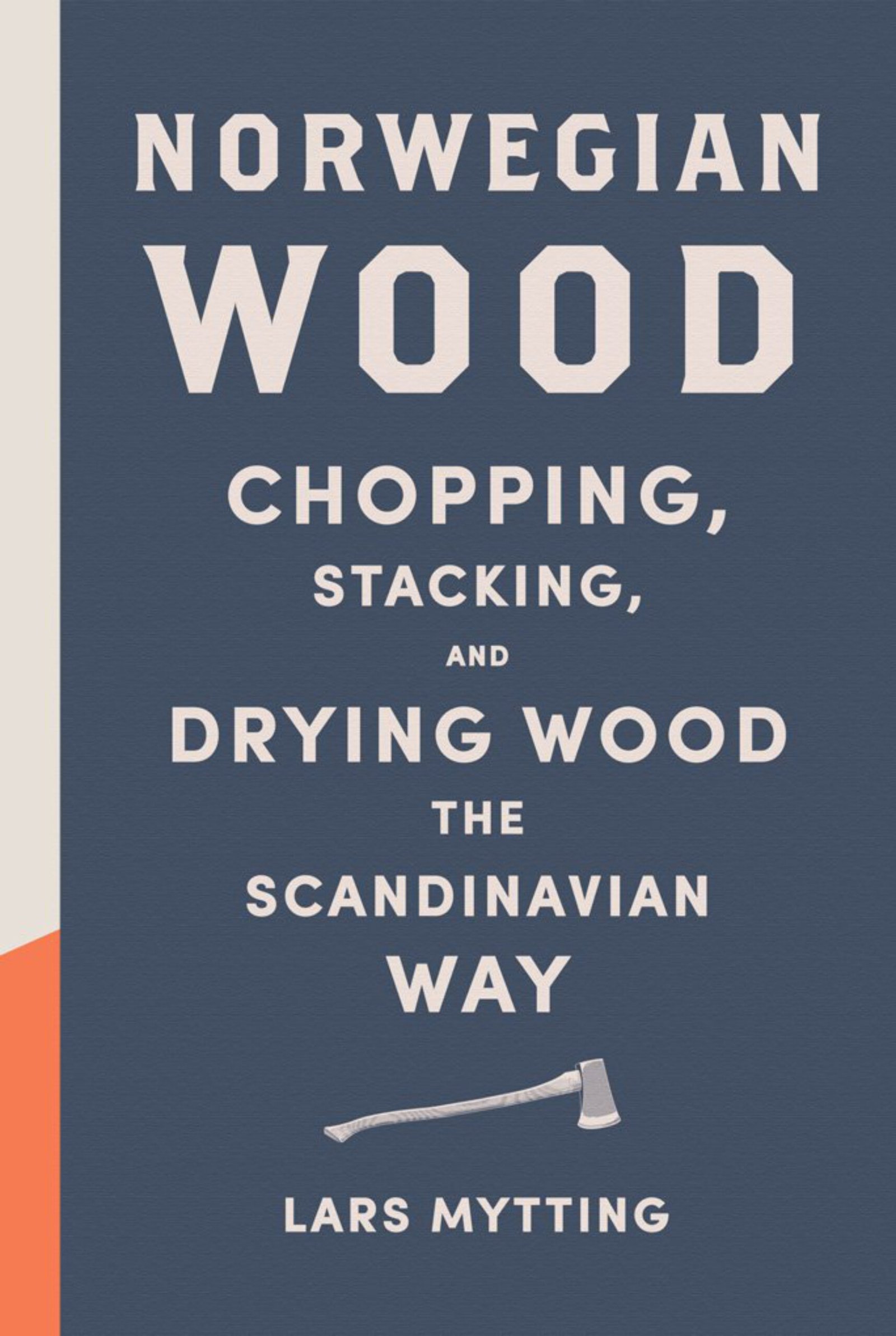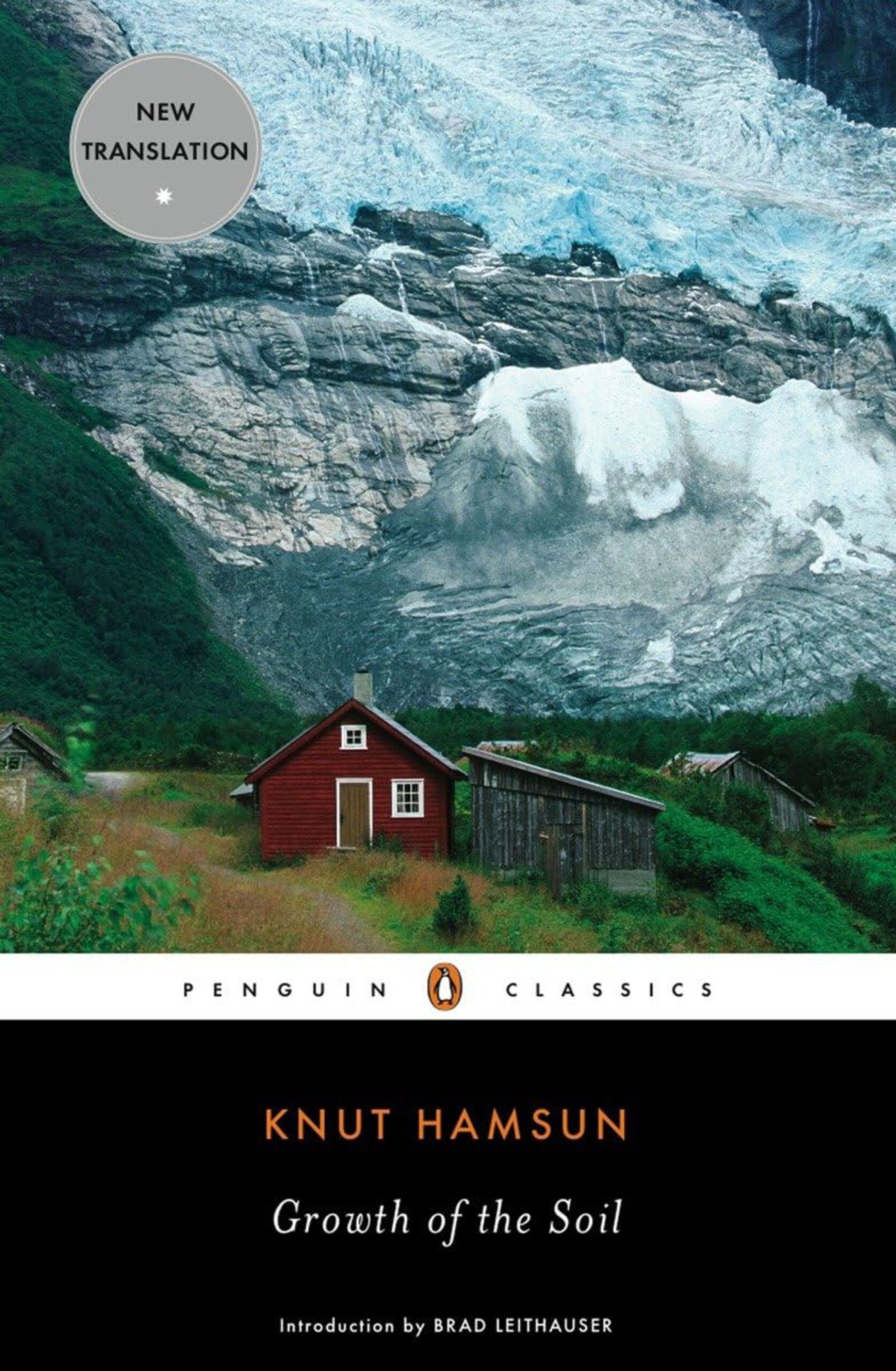A patchwork of fields
When we travel through today’s Norwegian agricultural landscape, we often see large and undulating fields with well-sifted soil. What most of us do not realise – is that before the Industrial Revolution, the view was vastly different.
In many Norwegian regions, the typical historical farm was a jigsaw of small patches, often with large boulders scattered around, embedded in the soil.
On smaller self-sufficiency farms, you could find fields like this well into the 1900s. Fields that had fed generation after generation – century after century.
Debris from the ice-age-glaciers
Most of mainland Norway has a layer consisting of tons and tons of boulders, stones, pebbles, and sand. This is debris once dropped by the thawing glaciers of the latest ice age, and its melt-water rivers and waterfalls.
The debris is still visible on the surface, or it is mixed in with the soil that has been building up during the millennia that followed the disappearance of the ice.
Every winter, the frost pushes up a seemingly endless underground supply of stones to the surface of the Norwegian farmer’s fields, even in fields that have been cultivated and cleared for centuries.
Planted around the boulders
The historical farmers did not have the tools nor the power to remove the largest boulders from their fields – so they simply planted around them.
In fact, it is said that large boulders were a significant benefit: they absorbed the heat from the sun during the day – and kept the plants warm at night.
The Industrial Revolution changed everything
A bit simplified, we can say that the Industrial Revolution came in two major waves in Norwegian agriculture. The 1800s and the early 1900s brought new and sophisticated horse-drawn farm-machinery.
To be effective, the new tools required larger and more levelled-out soil surfaces. The farmers worked hard to merge smaller patches – and to get rid of boulders and other debris.
With the invention of dynamite in the 1860s, they also had a more forceful tool at their disposal.
The second wave of development came after World War II. The tractor rapidly outperformed the workhorse, and powerful bulldozers reshaped the landscape to make it more efficient.
Improved field-drainage-methods were also implemented – and made more land suitable for cultivation.
Surprisingly – and despite the hard work of generations of Norwegians – even today only 3.5% of mainland Norway is cultivated land, and most of this land is only suitable for grass production.
Look for old forgotten fields
In museums, we find old buildings and tools – and in the libraries, we read books about the old world. But the layout of the old farmland is more difficult to discover.
When you are next out walking in rural Norway, look for clues. You might see traces of old fields that are long since deserted; evidence of activity that stretches far back in time.
Source: Visted, Kristoffer – Stigum, Hilmar. Vår gamle bondekultur. J.W. Cappelens Forlag 1971. | EGP.00065





